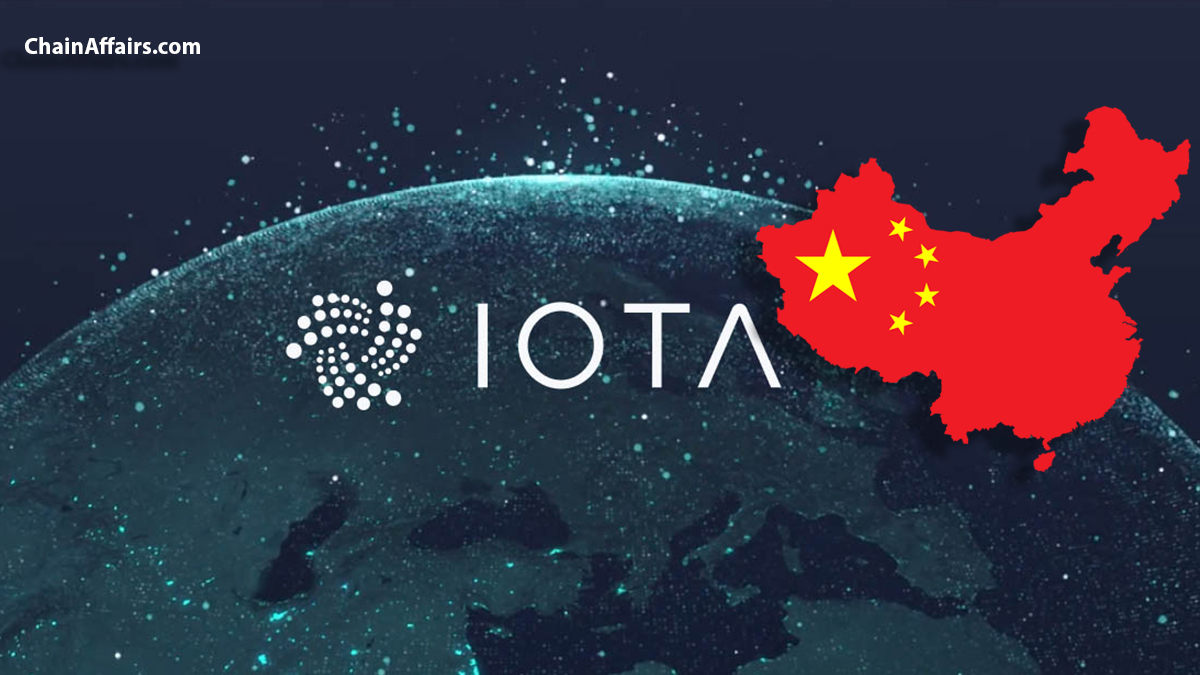China’s ambitious Belt and Road Initiative (BRI), often dubbed the Digital Silk Road, aims to connect continents through infrastructure development and digital trade. While physical bridges and railways are crucial, seamless data exchange and secure financial transactions are equally important for this grand vision to succeed. Enter IOTA, a revolutionary cryptocurrency with a unique feeless and scalable architecture, emerging as a potential game-changer for the Digital Silk Road.
Unraveling the Tangle
Unlike traditional blockchains, IOTA’s “Tangle” network operates without the need for miners or fees. This makes it ideal for microtransactions, a critical aspect of the Digital Silk Road, where countless sensors, devices, and individuals will interact and exchange data. Imagine farmers in remote regions instantly receiving micropayments for data collected by their soil sensors, or tourists seamlessly settling small bills across borders without exorbitant transaction costs.
Building Trust on a Global Scale
The Digital Silk Road hinges on trust and transparency in cross-border transactions. IOTA’s Tangle offers an immutable and tamper-proof record of data, ensuring that every transaction is traceable and verifiable. This can revolutionize supply chain management, enabling real-time tracking of goods and materials, preventing fraud, and building trust between trading partners.
Powering the Internet of Things (IoT)
The Digital Silk Road envisions a future where countless devices communicate and exchange data. IOTA’s feeless architecture is perfectly suited for the burgeoning IoT landscape, allowing for micropayments between devices and efficient data exchange without draining resources. This can pave the way for smart cities, connected infrastructure, and innovative applications across various sectors.
Also Read: The Future of IOTA in Asia: Potential use cases and adoption scenarios.
Challenges and Opportunities
While IOTA’s potential for the Digital Silk Road is undeniable, challenges remain. Regulatory frameworks for cryptocurrencies vary across countries, and widespread adoption requires building partnerships with governments and businesses. Additionally, raising awareness and educating users about IOTA’s unique features is crucial for its long-term success.
However, the winds are blowing in IOTA’s favor.
China has shown increasing interest in blockchain technology and its potential for the BRI. IOTA’s ongoing partnerships with Chinese tech companies and pilot projects demonstrate the growing interest in its capabilities. As IOTA continues to evolve and gain traction, it could become a key player in weaving the digital fabric of the Silk Road, fostering a more connected, efficient, and transparent global trade ecosystem.
In conclusion, IOTA’s unique technology offers compelling solutions for many challenges faced by the Digital Silk Road. Its feeless transactions, secure Tangle network, and focus on IoT and micropayments make it a perfect fit for this ambitious global initiative. While challenges remain, the potential rewards are vast. IOTA could become the invisible thread weaving together the Digital Silk Road, playing a crucial role in shaping the future of global connectivity.



